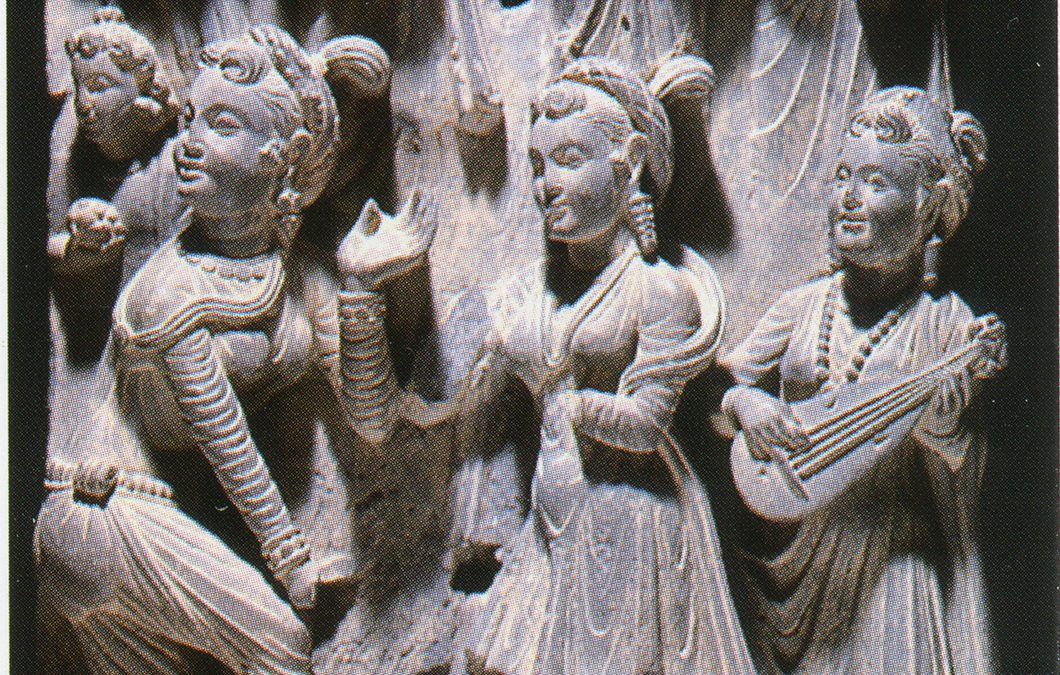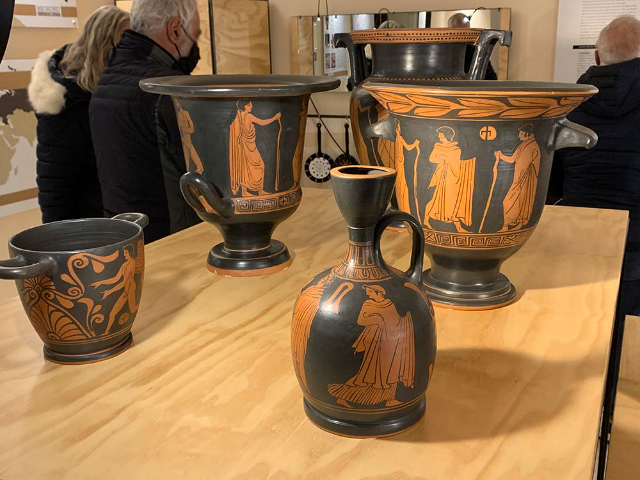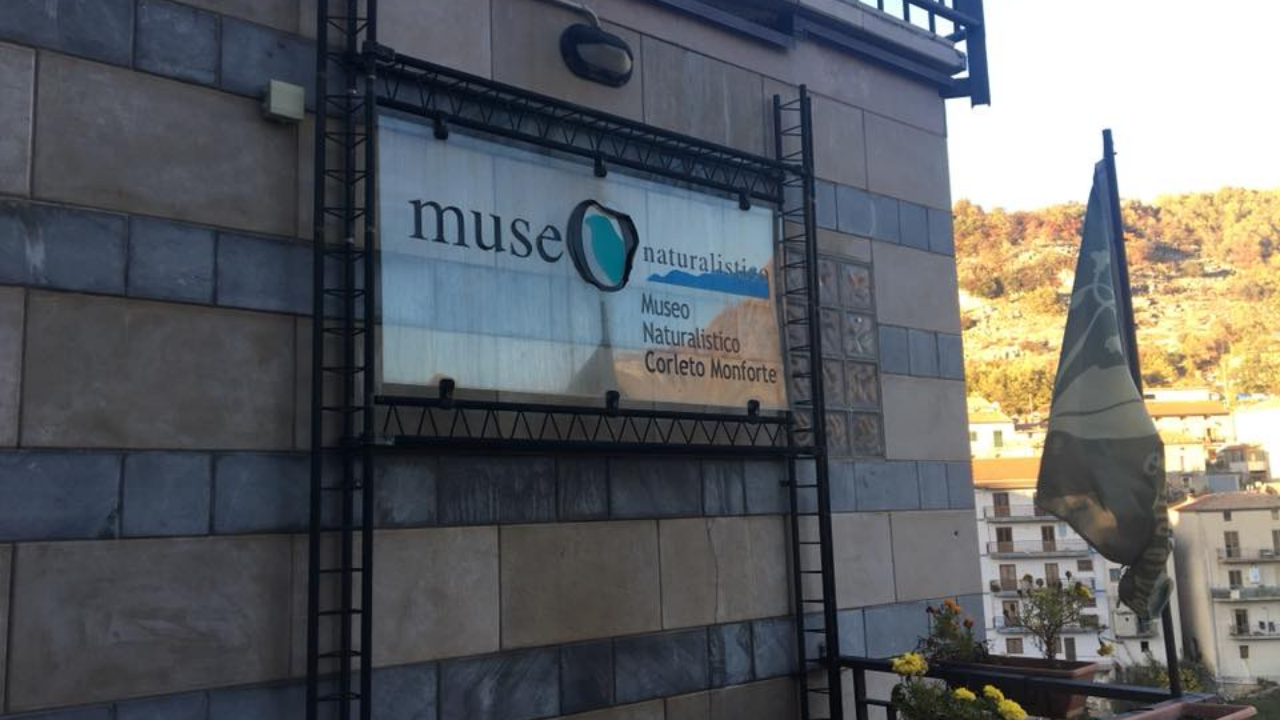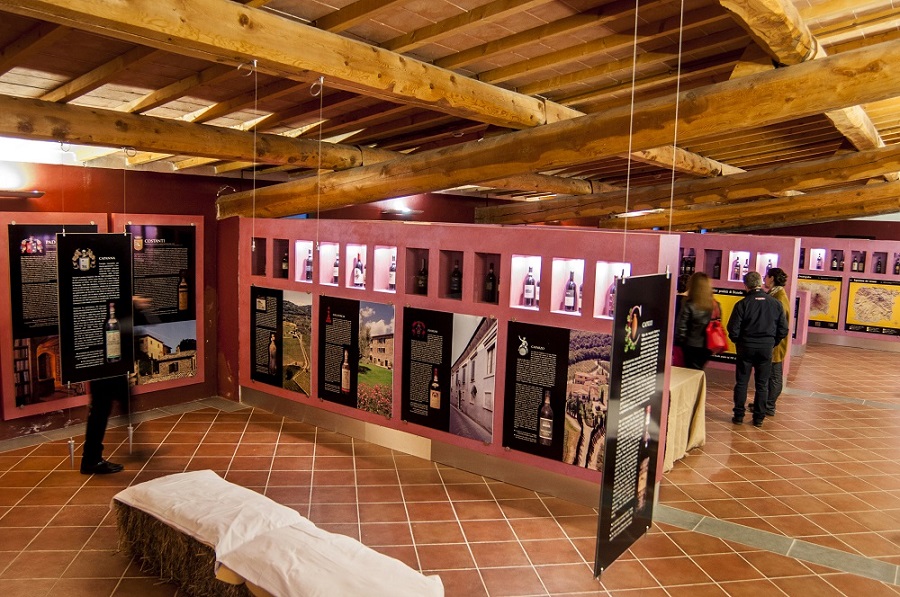The National Museum of Oriental Art "G. Tucci" was founded thanks to an agreement between the Ministry of Education and the Italian Institute for the Middle and Far East, which has deposited its artistic and archaeological collections there, coming mainly from Giuseppe Tucci’s explorations in Tibet, as well as from the excavations conducted by the Institute in Shahr-i Sokhteh in Iran, in Ghazni in Afghanistan and in the Swat Valley in Pakistan.
The collections were subsequently expanded through donations and purchases. A specialized library, a photographic archive and a bioarchaeology service are in operation at the Museum. Currently the museum houses one of the most important collections of Tibetan art in the world, both in quantity and variety, the result of the explorations of the famous orientalist Giuseppe Tucci to whom the museum was named.













